2016
Santella L, Limatola N, Chun JT. (2016). The fertilization process: a new way to look at an old phenomenon. Atlas of Science: Another view on Science. Feb. 4.
Zhou C, Vitiello V, Casals E, Puntes VF, Iamunno F, Pellegrin, D, Changwen W, Benvenuto G, Buttino I. (2016). Toxicity of nickel in the marine calanoid copepod Acartia Tonsa: Nickel chloride versus nanoparticles. Acquatic Toxicology, 170: 1-12.
Percopo I, Ruggiero MV, Balzano S, Gourvil P, Lundholm N, Siano R, Tammilehto A, Vaulot D, Sarno D. (2016). Pseudo-nitzschia arctica sp. nov., a new cold-water cryptic Pseudo-nitzschia species within the P. pseudodelicatissima complex. Journal Phycology, 52:184-199.
Gallo A, Boni R, Buttino I, Tosti E. (2016). Spermiotoxicity of nickel nanoparticles in the marine invertebrate Ciona intestinalis (ascidians). Nanotoxicology, 12:1-9.
Boni R, Gallo ., Montanino M, Macina A, Tosti E. (2016). Dynamic Changes in the Sperm Quality of Mytilus galloprovincialis under continuous thermal stress. Molecular Reproduction & Development, 83:162-173.
2015
Santella L, Puppo A, Chun JT, Gragnaniello G, Garante E. (2015). Intracellular calcium increase and sperm incorporation following fertilization of a starfish egg. Nikon Small World in Motion Competition - Honorable Mention.
Limatola N, Chun JT, Kyozuka K, Santella L. (2015). Novel Ca2+ increases in the maturing oocytes of starfish during the germinal vesicle breakdown. Cell Calcium. 58:500-10.
Santella L, Limatola N, Chun JT. (2015). Calcium and actin in the saga of awakening oocytes. Biochem Biophys Res Commun 460:104-13.
Yazaki I, Tsurugaya T, Santella L, Chun JT, Amore G, Kusunoki S, Asada A, Togo T, Akasaka K. (2015). Ca²⁺ influx-linked protein kinase C activity regulates the β-catenin localization, micromere induction signalling and the oral-aboral axis formation in early sea urchin embryos. Zygote. 23:426-46.
Bosak S, Gligora Udovic , Sarno D. (2015). Morphological study of Chaetoceros wighamii Brightwell (Chaetocerotaceae, Bacillariophyta) from Lake Vrana, Croatia. De Gruyter, Acta Bot. Croat. 74 (2), X – X.
Santamaria G, Esposito CL, Cerchia L, Benvenuto G, Nanjappa D, Sarno D, Zingone A, De Franciscis V, Ribera d’Alcalà M. (2015) Aptamers are an innovative and promising tool for phytoplankton taxonomy and biodiversity research. Chemistry and Ecology.1-12.
2014
Chun JT, Limatola N, Vasilev F, Santella L. (2014). Early events of fertilization in sea urchin eggs are sensitive to actin-binding organic molecules. Biochem Biophys Res Commun. 450:1166-74.
Santella, L, Limatola N, Chun JT. (2014). Actin Cytoskeleton and Fertilization in starfish Eggs. In: Sexual Reproduction in Animals and Plants. Sawada H et al, eds. p. 141-153, ISBN: 978-4-431-54588-0, doi: 10.1007/978-4-431-54589-7-13.
Bosnjak I, Borra M, Iamunno F, Benvenuto G, Ujevic I, Buselic I, Roje-Busatto R, Mladineo I. (2014). Effect of bisphenol A on P-glycoprotein-mediated efflux and ultrastructure of the sea urchin embryo. Acquatic Toxicology, 156:21-29.
Liberti A, Melillo D, Zucchetti I, Natale L, Dishaw LJ, Litman, GW, De Santis R, Pinto MR. (2014). Expression of Ciona intestinalis variable region-containing chitin-binding proteins during development of the gastrointestinal tract and their role in host-microbe interactions. PLoS ONE 9: e94984.
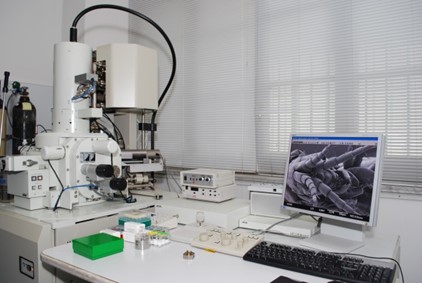 |
JEOL JSM-6700F Scanning Electron Microscope (SEM) To study cell surface morphology and composition |
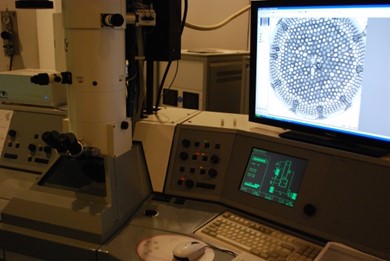 |
ZEISS LEO 912 AB Transmission Electron Microscope (TEM) To perform ultrastructural analysis of cells and tissues |
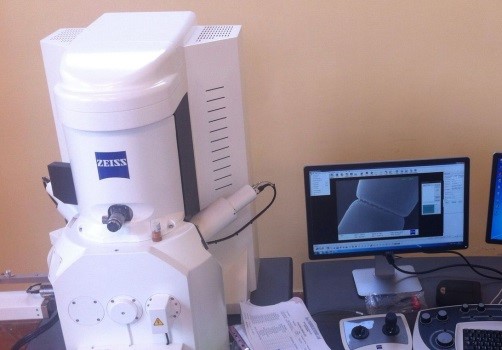 |
ZEISS EVO MA LS Scanning Electron Microscope (ESEM) To analyze samples in their natural state |
 |
Microscopio confocale a scansione laser ZEISS LSM 700 Per l’osservazione in sezionamento ottico di campioni in fluorescenza, per l’analisi spettrale in fluorescenza |
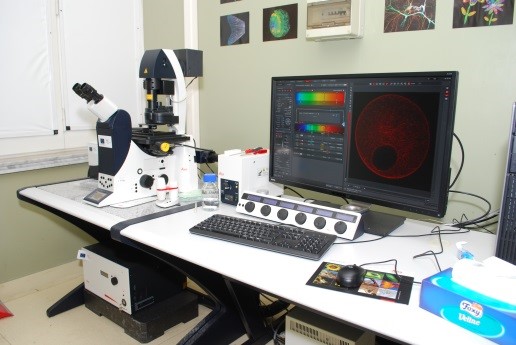 |
ZEISS LSM 700 Confocal Laser Scanning Microscope To perform optical sectioning of fluorescent samples and fluorescence spectral imaging |
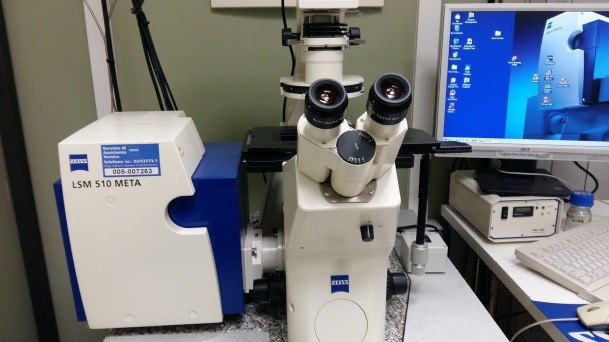 |
ZEISS LSM 510 Confocal Laser Scanning Microscope To perform optical sectioning of fluorescent samples |
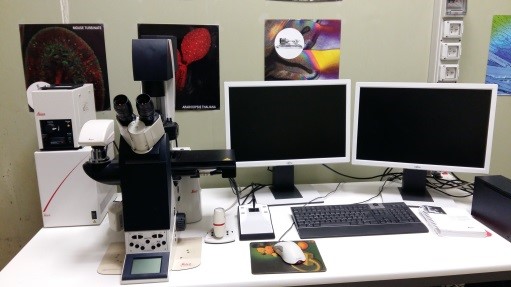 |
Imaging System LEICA DMI6000B |
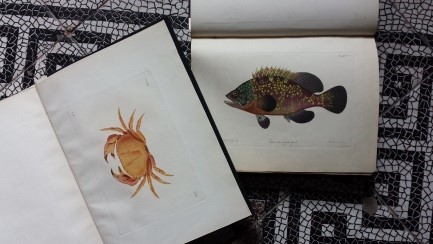 |
 |
Bibliographic and archival researches *
*Some services are restricted to internal investigators
Reference services
Photocopies and document supply services
Book Loan
Authorization for publication
Part of the Zoological Collections is available for scientific analysis previous a former institutional agreement.
Available resources: microscopies and scanners
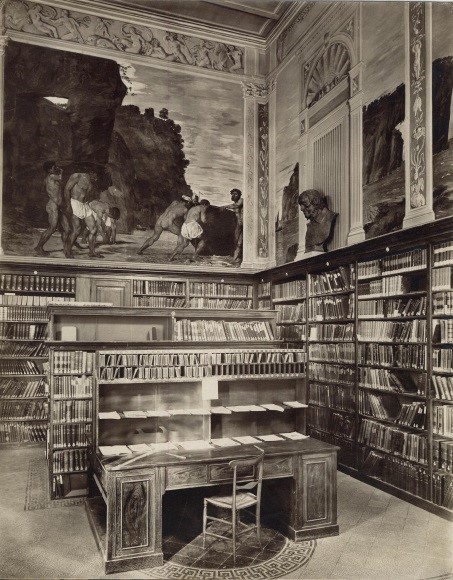 |
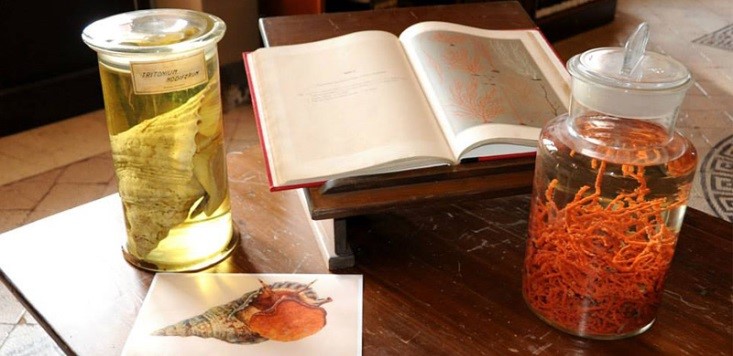 |

Naples, Italy
July 3rd – 7th, 2017
Stazione Zoologica Anton Dohrn
DEADLINES
| April 3, 2017 | Announcement of the official School Programme |
| April 28, 2017 | Fellowship application |
| May 22, 2017 | Abstract Submission |
| May 22, 2017 | Early Registration |
| June 9, 2017 | Notification of Acceptance type (Oral or Poster) |
 The second edition of the International Summer School on Natural Products (ISSNP) will be held in Naples on July 3-7, 2017.
The second edition of the International Summer School on Natural Products (ISSNP) will be held in Naples on July 3-7, 2017.
The School on Natural Products is sponsored by the Division of Organic Chemistry of the Italian Chemical Society (SCI) and organized under the direction of the Department of Pharmacy (University of Naples), the Stazione Zoologica Anton Dohrn, and the Institute of Biomolecular Chemistry (ICB-CNR). ISSNP 2017 is a five-days School consisting of lessons delivered by acclaimed scientists from academia and industry, comprehensive talks, oral and poster presentations by participants on innovative and emerging themes of research at the cutting-edge of natural products drug, cosmetic and food research.
This year we have scheduled 3 interactive-sessions: the first named "From ideas to business plan" leaded by Prof. Chereau from the Skema Business School; the second dedicated to "Soft skills", a training lab session aimed to improve oral and written communication skills; the last one dedicated to patents with the participation of dr. Paola Lauro from the European Patent Office. All sessions will be in a non-formal atmosphere where young researchers and acclaimed scientists will have time to talk, share ideas and have fun.
All students are expected to submit an abstract and may apply for a short oral communication and/or a poster presentation.
The poster communications are briefly presented by the authors during lively open sessions, in line with the main aim of the school to create a friendly environment and provide the opportunity to young scientists, post-docs and PhD students to meet leading scientists of high international repute in a very relaxed and informal atmosphere.
Have a glance on the scheduled programme through the link: http://www.issnp.org
Please be informed that the "Abstract Submission" procedure for ISSNP 2017 is now available through School web site. Authors are asked to submit a one page abstract using the information available at the web link: http://www.issnp.org/en/abstract-info.php Kindly feel free to contact us (This email address is being protected from spambots. You need JavaScript enabled to view it.) for any further queries.
We look forward to welcoming you in Naples in July 2015!
ISSNP 2015 – The Organizing Committee and the Scientific Committee
Venue
Stazione Zoologica "Anton Dohrn" on the 3rd of July and
University of Naples "Federico II", Biotechnology building, from the 4th to the 7th of July 2017 (www.issnp.org)
Registration
To register visit to the Registration Page for the II Edition of the International Summer School on Natural Products (ISSNP) at http://www.issnp.org/
Registration fee includes:
a) participation in all the School events during the five-day programme
b) copies of the slides presented by each lecturer
c) course notes
d) lunches
Contacts
Valeria COSTANTINO
Department of Pharmacy
University of Naples “Federico II”
Via D. Montesano, 49 - 80131 Naples
Tel 081678504 - Fax 081678522
E-mail: This email address is being protected from spambots. You need JavaScript enabled to view it.
Organizing Secretariat
YES Meet
E-mail: This email address is being protected from spambots. You need JavaScript enabled to view it.
Tel: +39 0818770604
Fax: +39 0818770258
Organizing committee
Giorgia OLIVIERO, Coordinator (Università degli Studi di Napoli Federico II) This email address is being protected from spambots. You need JavaScript enabled to view it.
Adele CUTIGNANO (Istituto di chimica biomolecolare, CNR)
Simona DE MARINO (Università degli Studi di Napoli Federico II)
Gerardo DELLA SALA (Università degli Studi di Napoli Federico II)
Concetta IMPERATORE (Università degli Studi di Napoli Federico II)
Giovanna ROMANO (Stazione Zoologica, Anton Dohrn)
Valentina SEPE (Università degli Studi di Napoli Federico II)
Luciana TARTAGLIONE (Università degli Studi di Napoli Federico II)
Scientific committee
Valeria COSTANTINO, President (Università degli Studi di Napoli Federico II)
Maria FUNICELLO (Università degli Studi della Basilicata)
Gabriele FONTANA (Indena)
Alberto MINASSI (Università degli Studi del Piemonte Orientale)
Maria Chiara MONTI (Università degli Studi di Salerno)
Daniele PASSARELLA (Università degli Studi di Milano)
Corrado TRINGALI (Università degli Studi di Catania)
Daniela MONTESARCHIO (Università degli Studi di Napoli Federico II)
Fabrizio GIORDANETTO (DE Shaw Research, New York) as external consultant.










